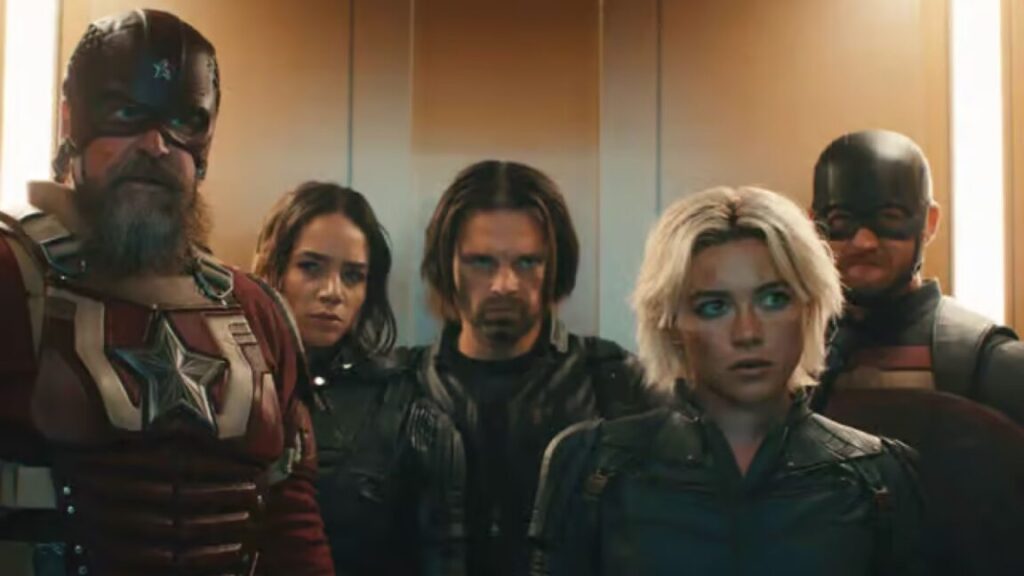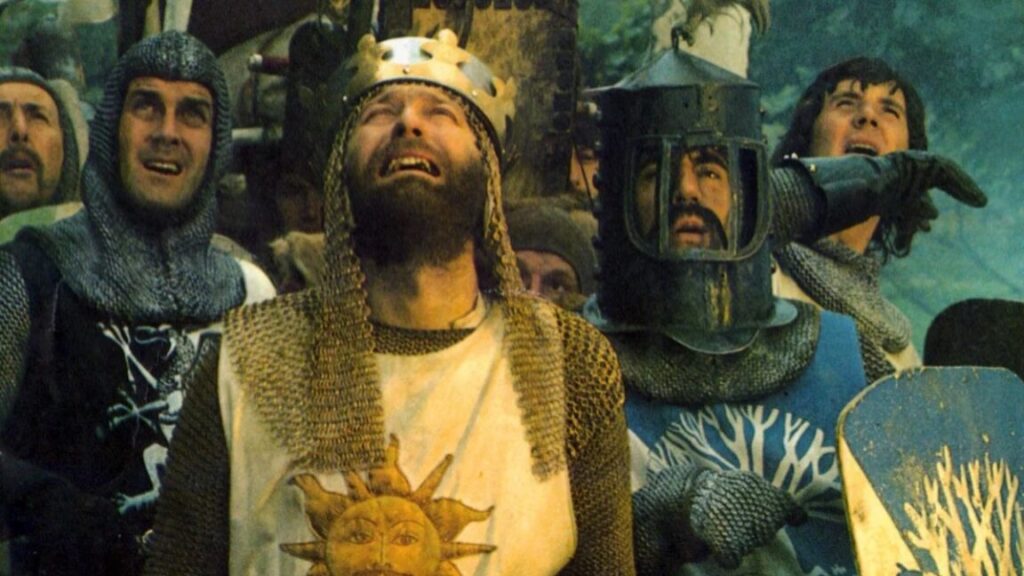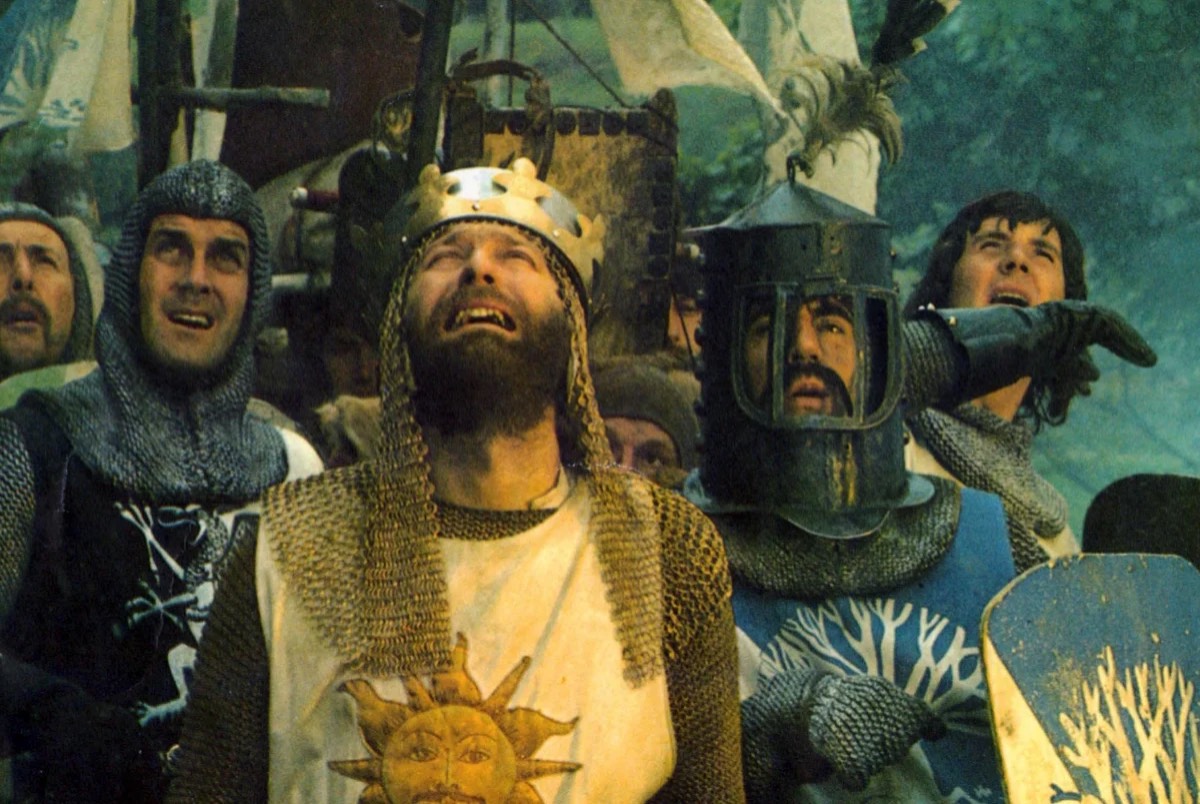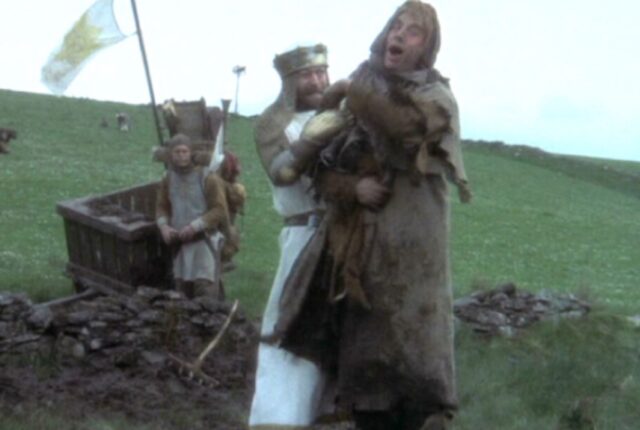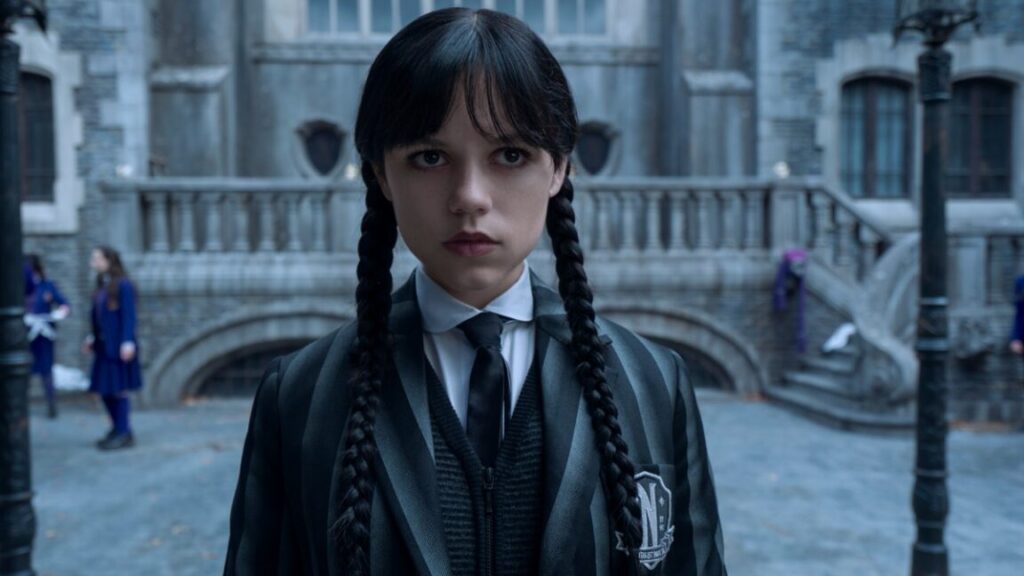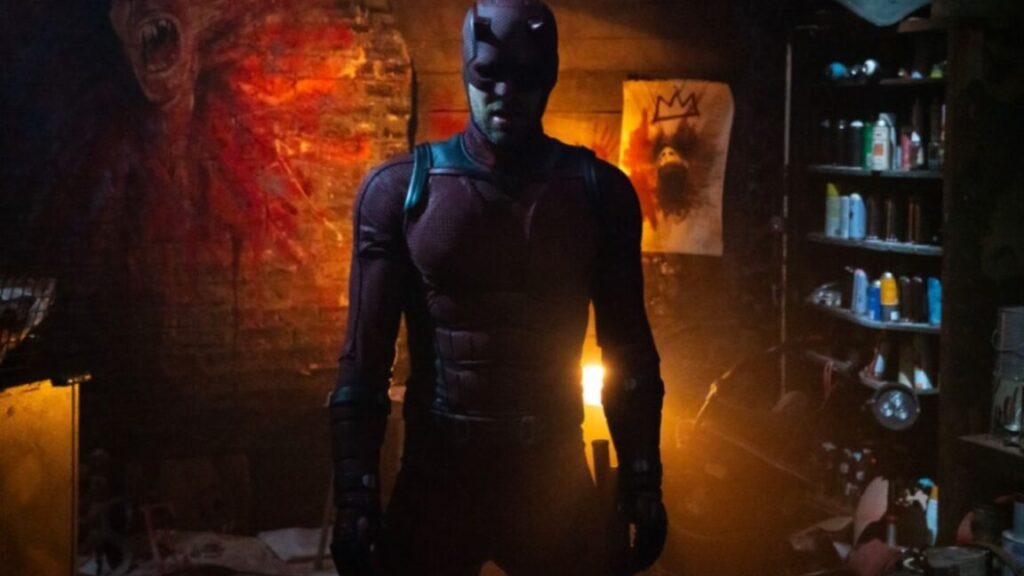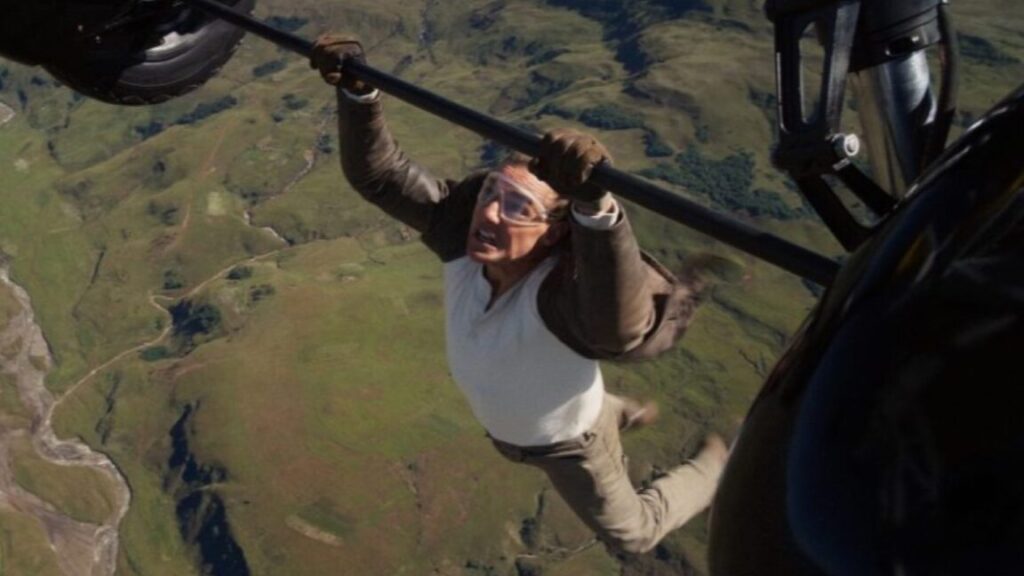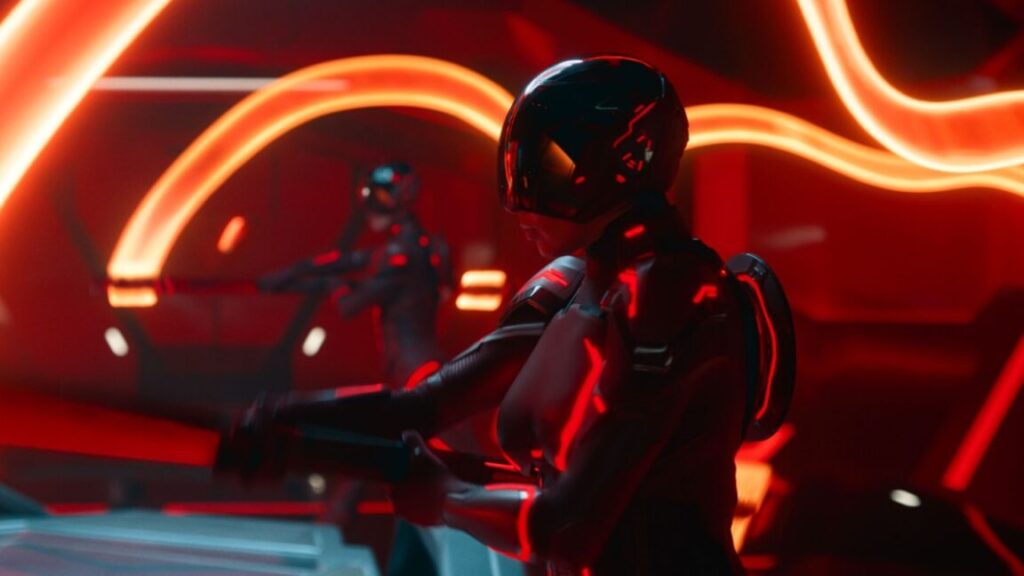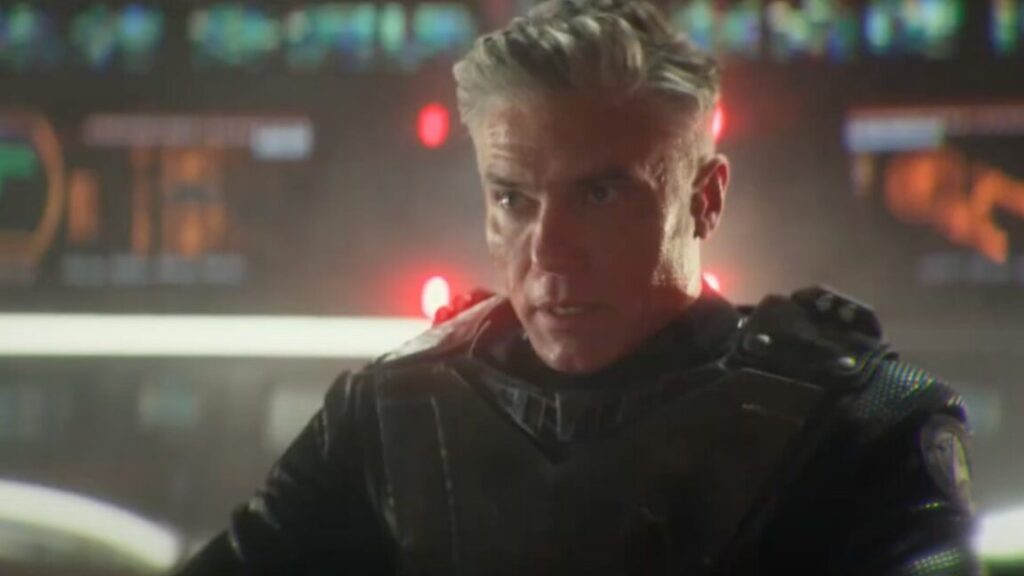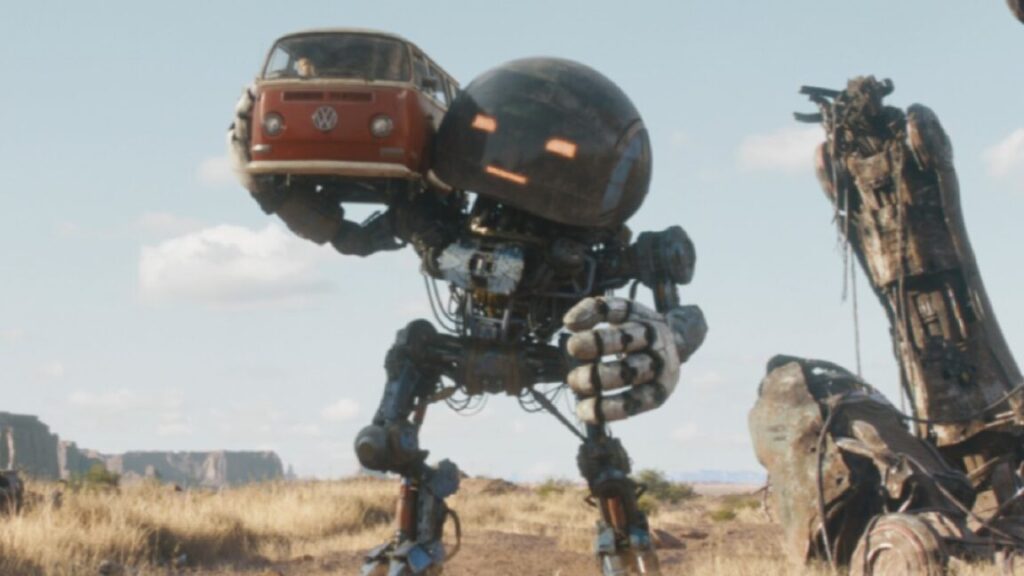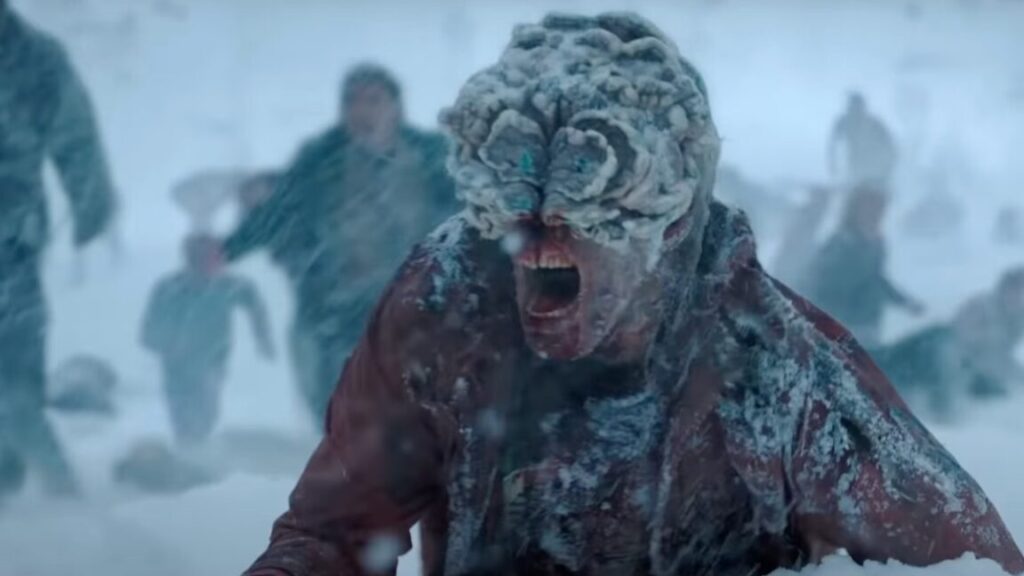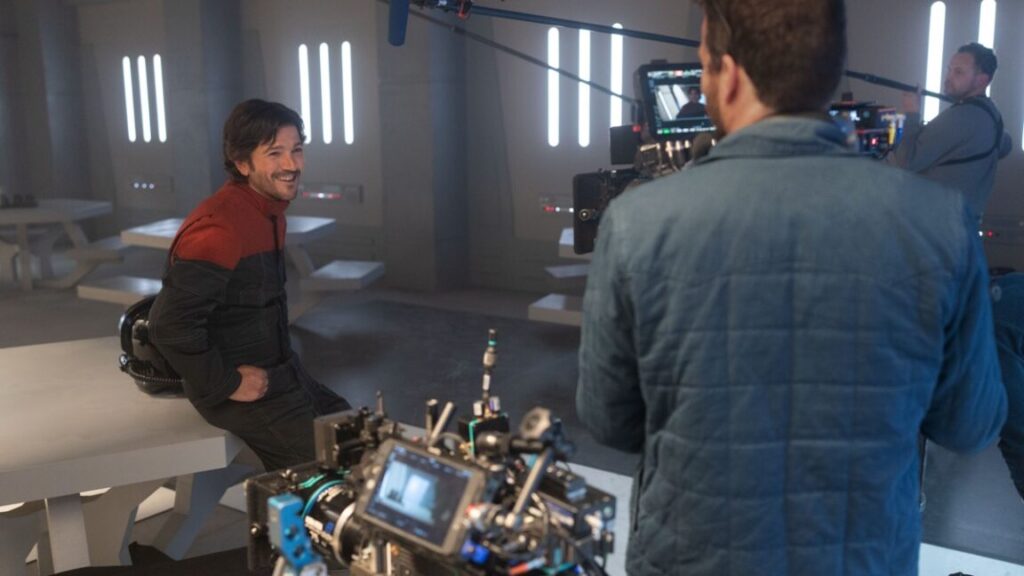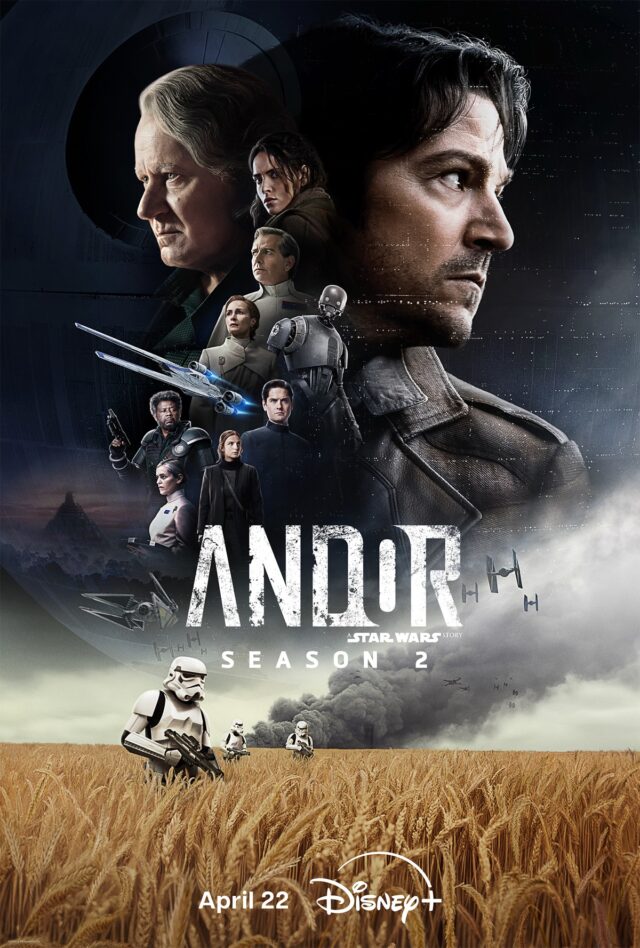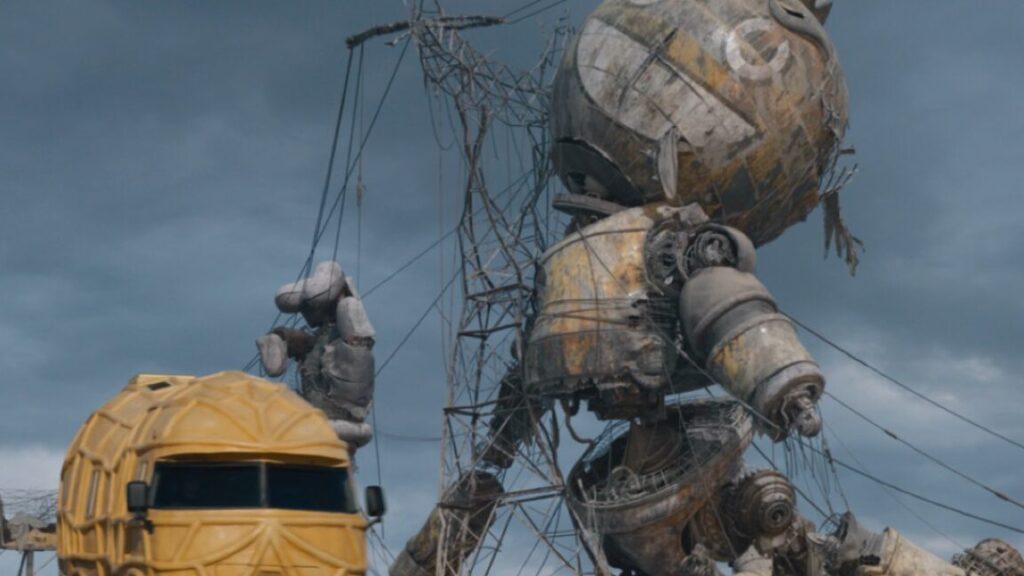Review: Thunderbolts* is a refreshing return to peak Marvel form
It looks like Marvel has another critical and box office hit on its hands—and deservedly so—with Thunderbolts*, a follow-up of sorts to 2021’s Black Widow and the final film in the MCU’s Phase Five.
Yes, the asterisk is part of the title. Yes, I found that choice inexplicable when it was first announced. And yes, having seen the film, the asterisk makes perfect sense now as a well-timed joke. I won’t spill the beans because that would spoil the fun. Instead, I’ll simply say that Thunderbolts* is a refreshing return to peak Marvel form: well-paced, witty, and action-packed with enough heart to ensure you care about the characters.
(Some spoilers below.)
It’s basically the MCU’s version of The Suicide Squad (2021) with less over-the-top R-rated violence. In fact, that film’s director, James Gunn, was originally attached to direct Thunderbolts* but bowed out because he felt the projects were just too similar. Yet the PG-13 film definitely boasts that irreverent Gunn sensibility, with a vibe on par with the director’s delightful Guardians of the Galaxy (2014). Thunderbolts* might not reach the spectacular box office heights of last year’s R-rated Deadpool and Wolverine, but so far I’m optimistic about the MCU’s future.
Black Widow introduced us to Natasha Romanoff’s (Scarlett Johansson) backstory as a child recruited for training as an elite assassin, along with her adoptive sister (and equally lethal assassin) Yelena Belova (Florence Pugh). Thunderbolts* finds Yelena working as a hired mercenary for CIA director Valentina Allegra de Fontaine (Julia Louis-Dreyfus), but she’s still grieving the loss of Natasha, and her heart just isn’t in.
Yelena’s existential ennui leads her to seek out her adoptive father, Alexei/Red Guardian (David Harbour), the Russian super soldier counterpart to Captain America. He’s not doing much better, working as a limo driver and living off takeout, and tells Yelena that Natasha found the secret to fulfillment: be a superhero.
Review: Thunderbolts* is a refreshing return to peak Marvel form Read More »
